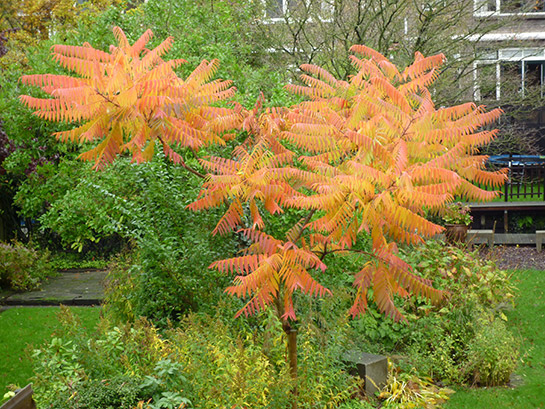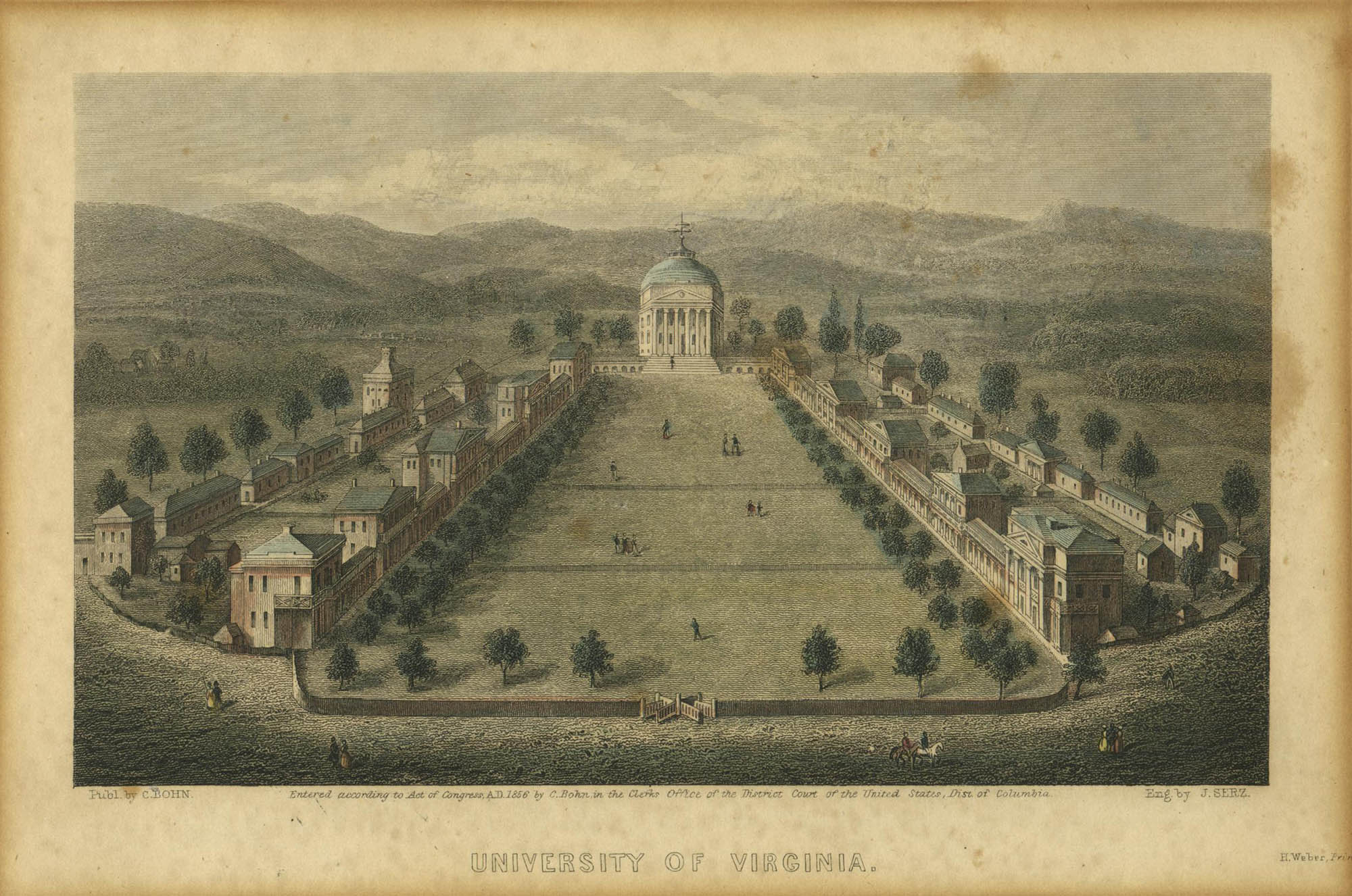Actually, I had come to New England to see the Indian summer. But Superstorm Sandy had, among the havoc it had worked on the entire eastern seaboard of the United States, blown away the remaining leaves in the New England forests, and brought a period of hawkish weather in its wake. My colleagues had more Indian summer in their own backyard.
As it was, it was not nature that took my breath away, but its meticulous reproduction: nature as seen through the eyes of a nineteenth-century artisan. Harvard Museum of Natural History seemed a good pastime for another cold, windy day, since I had been told of its collection of glass flowers. But I had not imagined what I saw there: 4,400 models that replicate the tiniest details of plant anatomy with astounding precision. Are they really glass? One can’t help repeating the same question that every visitor asks.

Leopold Blaschka was a glassworker from Bohemia, manufacturing glass eyes. In 1853, Leopold was suffering from ill health and was prescribed a sea voyage. He travelled to the United States and back, using the time at sea to study and draw sea animals. He discovered he could make replicas of marine invertebrates in glass, making models much better than the previous methods of presenting such creatures: drawings, pressing, photographs and papier-mâché or wax models. He constructed an aquarium at his house, in order to keep live specimens from which to model.
One day the director of the Botanical Museum at Harvard saw these glass replicas in Harvard’s Museum of Comparative Zoology, and he traveled to Dresden to convince Leopold and his son Rudolf, who was in the business with him, to produce a botanical collection for him, wanting something that would convey the beauty and vitality of the plant kingdom and through which he could interest a large viewing audience. Dried or preserved plants and various plant products would not stand up well over a period of time, and at that time plant replicas made of wax or papier-mâché were crudely done.
Leopold, and later Rudolf, continued to make glass models for Harvard until 1938, cultivating plants in their own backyard, visiting greenhouses and eventually traveling around the world to study the plants, make drawings and color notes, and collect and preserve specimens to take back to the workshop in Germany.
In a letter to the financers of the project, the director described the creation of a Phlox that he witnessed: “[…] they drew first of all a rough sketch of the relations of all the flowers to each other and to the leaves, and then began to mix some glass with colors to get the right tints. The corolla is drawn and formed from a tube of glass. Then the petals are formed and melted to the tube of the corolla. The stamens are melted in next, and then the whole thing is placed in an annealing oven to remain for a few hours. It took Mr. B. just an hour and a half to make the tubes and petals of the three flowers. It required about an hour to put in the stamens and add the calyx. Next, the buds with their twists are made and all are fastened to wires covered with glass. All of these are next fastened to a stem with leaves and the product is then ready for a little paint which is added with great skill where it is required. The molding of the shapes is effected by means of ordinary pincers and tweezers. With these clumsy tools they fashion the flat plates and turn them in any way they please. With little needles fastened in handles, they make the grooves and lines and figurings of the edges. But although you may see him touch a flat piece of glass with his little metallic tools, you know that it is no ordinary touch which suddenly shapes it into a living form.”
The amazing thing is that no secret process ever went into the manufacture of the models. All the techniques employed were known to glassworkers of the period. The only difference was the combination in one individual of the meticulous skill, unmatched patience, accurate observation, and deep love of the subject that the two Blaschkas brought to all of their work. These models have been described as “an artistic marvel in the field of science and a scientific marvel in the field of art.”
Isn’t that the perfect example of what landscape architecture is all about?





